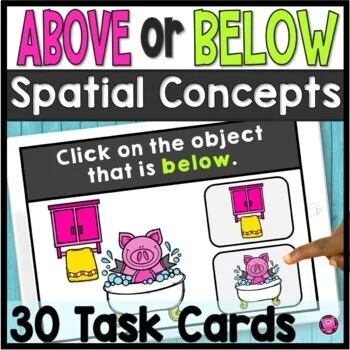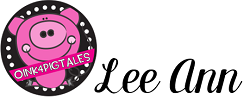Task cards are the go-to resource in classrooms all around the country. Task cards are one of my favorite tools that I utilize due to their versatility and their ability to differentiate and match the needs of every student using them.
It's pretty easy to understand why task cards are becoming more and more popular.
Put your hand up if you are constantly searching for new and entertaining ways for your pre-K to grade school students to practice and review what you have taught them.
You're in the right place! Let me tell ya why task cards are worth trying.
5 BENEFITS OF USING TASK CARDS FOR TEACHERS
Today, I'm going to dive into what task cards are and how they benefit you and your students. It is essential to understand why these little gems have become so well-liked in recent years if you are unfamiliar with the task card approach.
Continue reading if you want to learn how to use task cards in your classroom even more effectively or if you're still not convinced about their value.
1. LOW-PREP AND SIMPLE TO COMPLETE
Task cards are perfect for all students, especially those who benefit from chunking since they feature short tasks so it's quick to finish. Task cards ask students to focus on one problem, or task, at a time.
Its quick and easy setup makes task cards perfect for centers or substitute days since you can download, print it or even laminate it.
2. SUPPORT DIFFERENTIATION AND VARIETY
You can have several sets of the same kind of activity at various levels. This means you can give your pre-K students one set and another set for 2nd graders.
Task cards also come up in a huge variety of topics like math and science. Plus, it can have different formats like clip task cards or digital task cards.
3. PROMOTES FUN LEARNING AND LESSEN OVERWHELM
The idea that they are only responsible for one question at a time is motivating and manageable for students, and because it feels more like a game than work, their desire to complete the cards also increases.
Students who often become overwhelmed and upset by large projects can benefit from task cards, which are smaller cards with one problem on them. As a result, the anxiety of students is reduced as a result, and there's a boost of confidence as well.
4. EFFECTIVE TOOL FOR SENSORY PLAY
For kids that learn from tactile exercises in the classroom, task cards are exceptionally beneficial. Sensory play at school is a necessity to develop neural pathways and better comprehend classroom subject matter.
The interactive nature of them provides students with a sensory experience that they would not receive through paper and pencil tasks alone.
5. REUSABLE AND COST-EFFECTIVE
The best part is that, unlike worksheets, task cards can be used repeatedly. For durability, I strongly advise printing them on card paper, and if you want to feel like a superhero, laminate them as well.
Students can record answers on separate pieces of paper allowing task cards to be used over and over again.
CREATIVE WAY TO USE TASK CARDS FOR SUPERB ENGAGEMENT
In the same way that my students have loved using task cards in my class, here are some interesting ideas you can try with your task cards.
I usually implement task cards in a variety of settings, including centers, small groups, whole-group scoot games, creating game boards, reviews, and formative assessments.
But you know what? Making a game out of task cards is my favorite method to use them.
Throughout the day, students will respond to questions regarding the material I am teaching in math or another subject. I set out 20-40 cards on a table that address a skill I know my students need to master.
They will read the question aloud from the task card they selected, answer correctly, and score a point. On some days, we compete for the highest score, lowest score, etc. On certain days, I'll let kids throw the dice to determine their total score.
They can also serve as a formative assessment method for me to assess students' knowledge. This is a quick method to see if a student understands the concept.
Task cards can be implemented in many ways and I hope you learn a lot from this blog.
Here are some of my recommended Task Cards activities that you can easily utilize for your class.
Feel free to check out these resources if you want to jumpstart this method for your students from pre-K up to 4th grade. Nothing brings joy in my heart than to witness my students are motivated to study!
Thus, I want to encourage you to experiment with methods to encourage active learning and engagement.
I do wish you all enjoy this blog as much as I do! 🐷Have a OINKTASTIC week and I'll see you soon!






